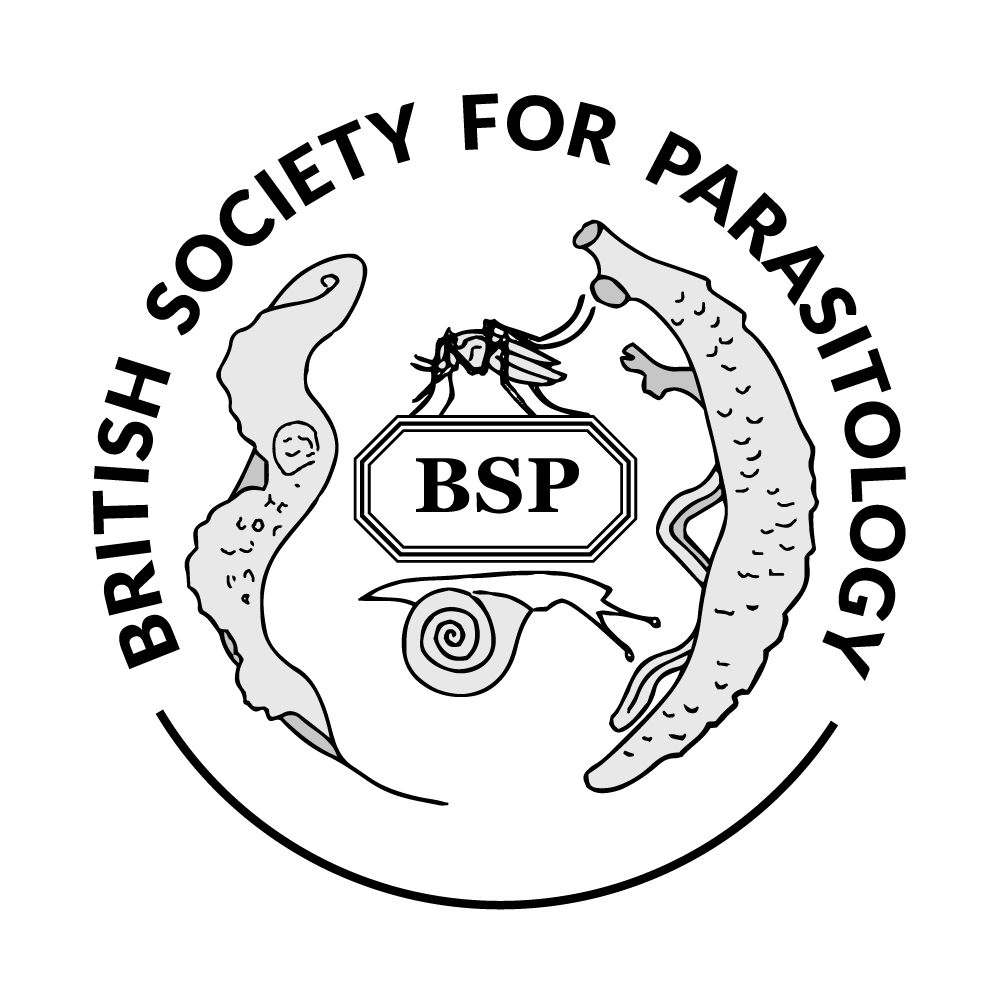

|
Poster
10 |
Observations on the life cycle and transmission of Dientamoeba fragilis. |
The life cycle and mode of transmission of Dientamoeba fragilis is not well understood. Historically, transmission was believed to occur through Enterobius vermicularis ova or directly via trophozoites in stool. Recently evidence for fecal–oral transmission of cysts has emerged. In order to establish an infection, D. fragilis is required to remain viable when exposed to the pH of the new hosts stomach. Consequently, we investigated the ability of cultured trophozoites to withstand extremes of pH. We provide evidence that trophozoites of D. fragilis are vulnerable to highly acidic conditions showing the need to further investigate transmission by other methods such as a cyst stage or Enterobius vermicularis ova. Cysts of D. fragilis are produced by laboratory mice and rats after oral infection by cultured trophozoites. We also investigated further the ultrastructure of D. fragilis cysts obtained from mice and rats by transmission electron microscopy. These studies of cysts showed a clear cyst wall surrounding an encysted parasite. The cyst wall was double layered with an outer fibrillar layer and an inner layer enclosing the parasite. Hydrogenosomes, endoplasmic reticulum and nuclei were present in the cysts. Pelta-axostyle structures, costa and axonemes were identifiable and internal flagellar axonemes were present. This study therefore provides additional novel details and knowledge of the ultrastructure of the cyst stage of D. fragilis and provides support for a fecal-oral mode of transmission. Shedding of cysts by laboratory rodents suggest that dientamoebiasis may be a zoonosis, which is worthy of further investigation.